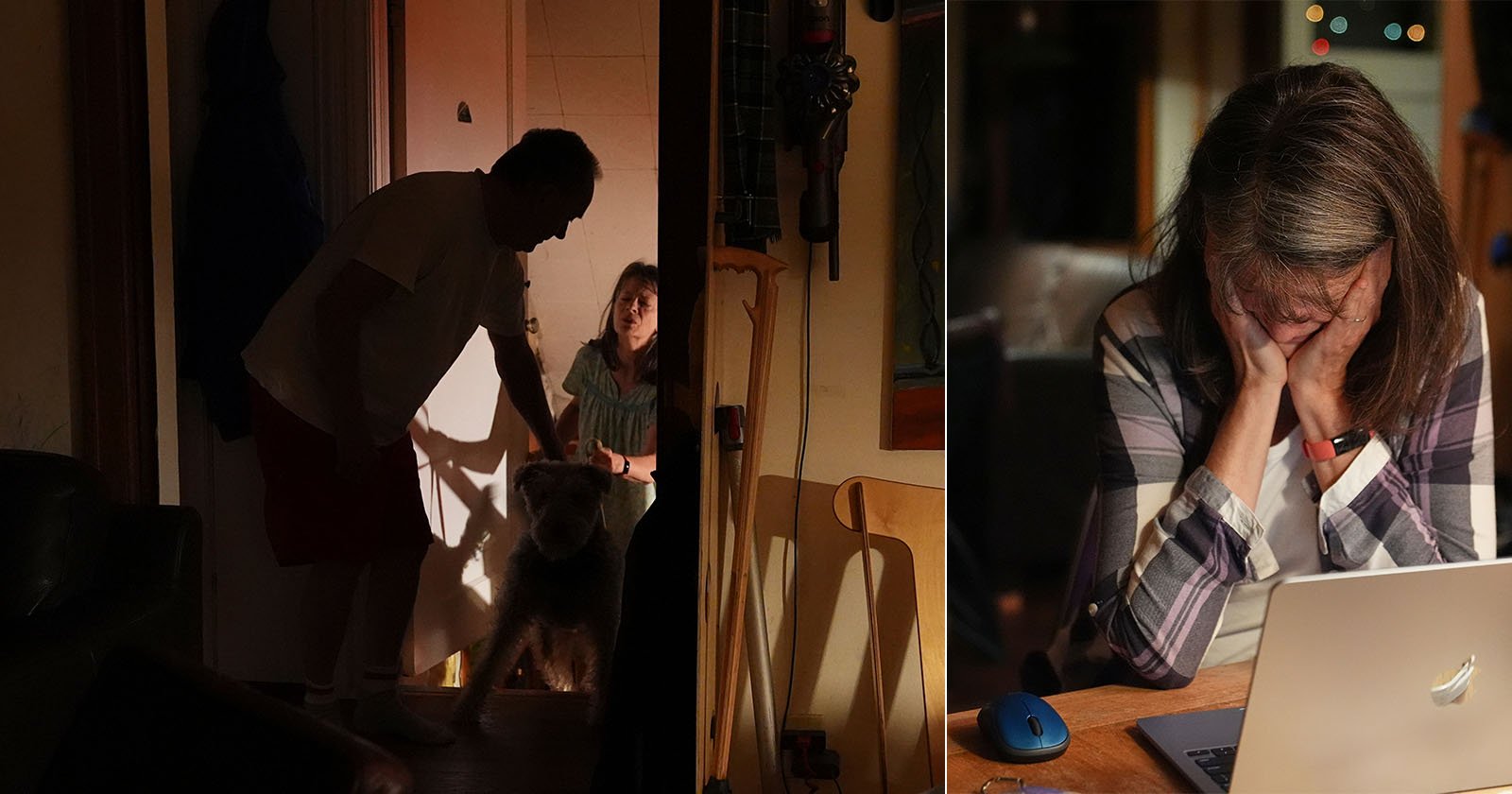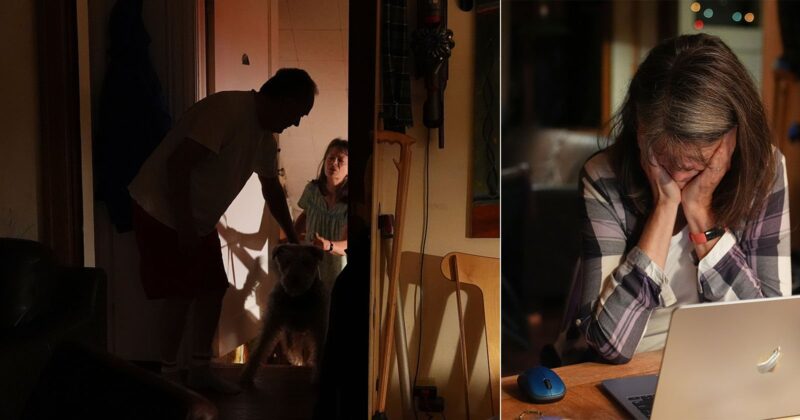
Scientists Mary E. Brunkow, Fred Ramsdell, and Dr. Shimon Sakaguchi won the Nobel Prize in medicine this week. Associated Press photographer Lindsey Wasson was the one who delivered the incredible news to Brunkow at her Seattle-area home in the very early hours on Monday morning.
Wasson had just wrapped up photographing a late-night baseball playoff game in Seattle — the Seattle Mariners squeaked out a narrow 3-2 victory against the Detroit Tigers in Game 2 of the American League Divisional Series — and received the call to go knock on the door of one of the winners who lived in the area: Mary Brunkow.
At around 2:40 AM local time, Wasson gathered her gear and headed to Brunkow’s house, arriving there around 4 AM.
“I believe I woke up their dog, and their dog started barking,” Wasson explains. “And I think the dog barking woke up Mary’s husband, and I don’t think he really knew what I was there for. I said, ‘Sir, I think your wife just won the Nobel Prize.’”
The photojournalist was the first on the scene and captured exclusive, incredible photos of Brunkow learning that she had won the Nobel Prize in medicine. In some of Wasson’s photos, Brunkow is still sleepily processing all the information, and Wasson stayed with Brunkow for hours, capturing lovely sunrise portraits the following morning.
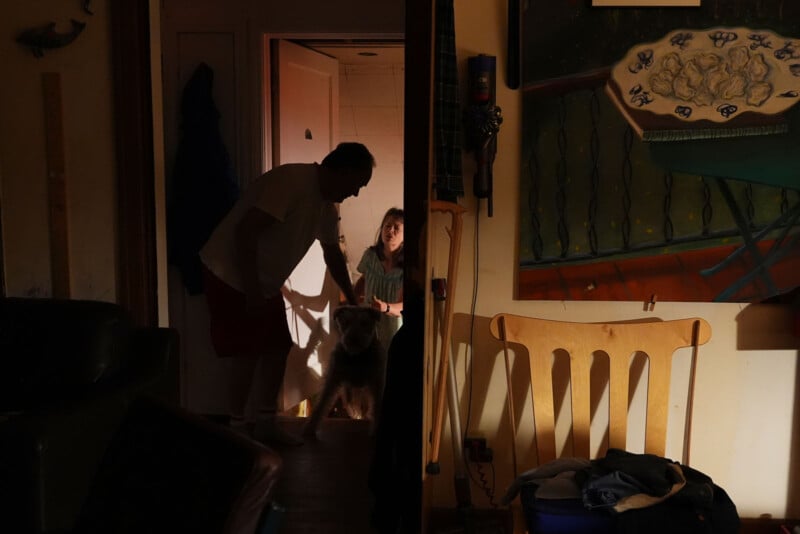 Ross Colquhoun wakes up his wife Mary E. Brunkow to talk about her winning a Nobel Prize in medicine for part of her work on peripheral immune tolerance, in Seattle, Monday, Oct. 6, 2025. (AP Photo/Lindsey Wasson)
Ross Colquhoun wakes up his wife Mary E. Brunkow to talk about her winning a Nobel Prize in medicine for part of her work on peripheral immune tolerance, in Seattle, Monday, Oct. 6, 2025. (AP Photo/Lindsey Wasson)
“I think she was 100% not expecting it,” the photographer said of Brunkow’s shock. “I don’t think either of them had any clue that she was even being considered for it. It was for work she had done years and years ago, and I think they just never expected this to happen.”
Brunkow had initially ignored a late-night call from Sweden, where every Nobel Prize except for the Peace Prize is awarded annually, thinking it was spam.
“My phone rang and I saw a number from Sweden and thought: ‘That’s just, that’s spam of some sort,” Brunkow said.
“When I told Mary she won, she said, ‘Don’t be ridiculous,’” remarked Brunkow’s husband, Ross Colquhoun.
“It was fun to be — to know that I’m going to be part of her retelling of this story of how she found out,” Wasson concluded.
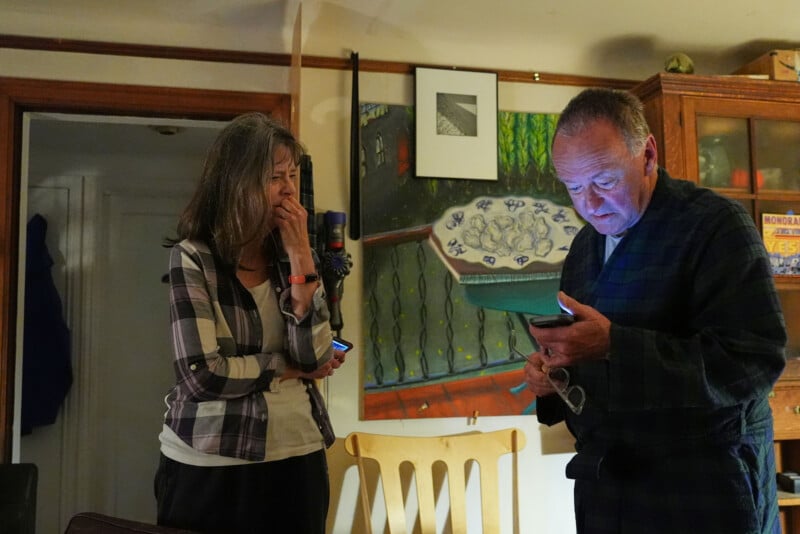 Mary E. Brunkow becomes emotional as her husband Ross Colquhoun speaks with her about her winning the Nobel Prize in medicine for part of her work on peripheral immune tolerance, in Seattle, Monday, Oct. 6, 2025. (AP Photo/Lindsey Wasson)
Mary E. Brunkow becomes emotional as her husband Ross Colquhoun speaks with her about her winning the Nobel Prize in medicine for part of her work on peripheral immune tolerance, in Seattle, Monday, Oct. 6, 2025. (AP Photo/Lindsey Wasson)
While AP photographer Lindsey Wasson was at Brunkow’s home in Seattle, her two fellow winning scientists learned of their victory elsewhere in the world. Sakaguchi was reached by phone in his lab in Tokyo and then congratulated hours later by the Japanese Prime Minister. Ramsdell was with his wife on vacation and didn’t learn of the win until his wife’s phone got cell service and was quickly inundated by hundreds of text messages.
All three winners expressed a similar sense of disbelief and honor at their victory. The win was hard-earned.
The trio discovered a critical pathway that the body uses to maintain its immune system’s proper functioning, known as “peripheral immune tolerance.” As AP reports, “Experts called the findings critical to understanding autoimmune diseases such as Type 1 diabetes, rheumatoid arthritis and lupus.”
The three scientists, Brunkow and Ramsdell in the United States and Sakaguchi in Japan, worked on separate projects to determine the importance of regulatory T cells. Other scientists are utilizing these findings to discover new approaches to treating autoimmune diseases, enhancing organ transplant outcomes, aiding the body in fighting cancer, and more.
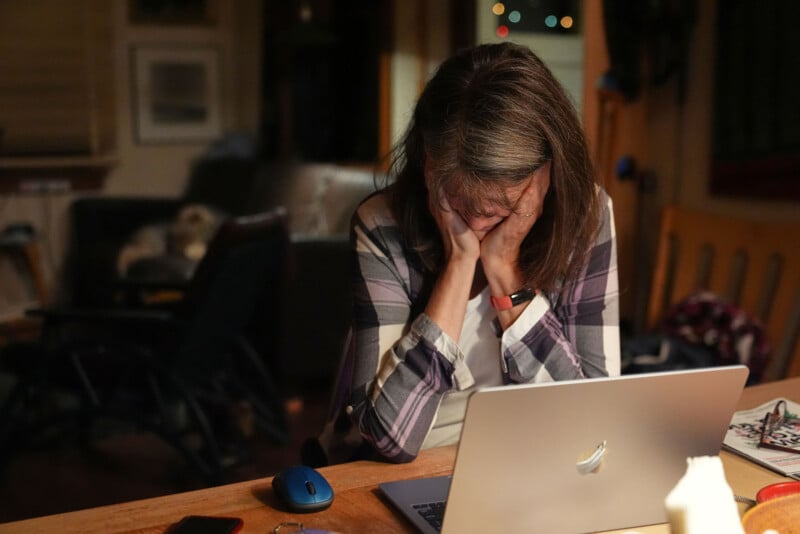 Mary E. Brunkow becomes emotional after hearing about winning a Nobel Prize in medicine for part of her work on peripheral immune tolerance, in Seattle, Monday, Oct. 6, 2025. (AP Photo/Lindsey Wasson)
Mary E. Brunkow becomes emotional after hearing about winning a Nobel Prize in medicine for part of her work on peripheral immune tolerance, in Seattle, Monday, Oct. 6, 2025. (AP Photo/Lindsey Wasson)
“Their discoveries have been decisive for our understanding of how the immune system functions and why we do not all develop serious autoimmune diseases,” says Olle Kämpe, chair of the Nobel Committee.
Sakaguchi discovered regulatory T cells in 1995 while experimenting on mice. In 2001, Brunkow and Ramsdell, who were working together at the time for a biotech company to study autoimmune diseases, discovered a gene mutation, Foxp3, in mice and recognized its potential impact on human health.
“From a DNA level, it was a really small alteration that caused this massive change to how the immune system works,” Brunkow explained to AP.
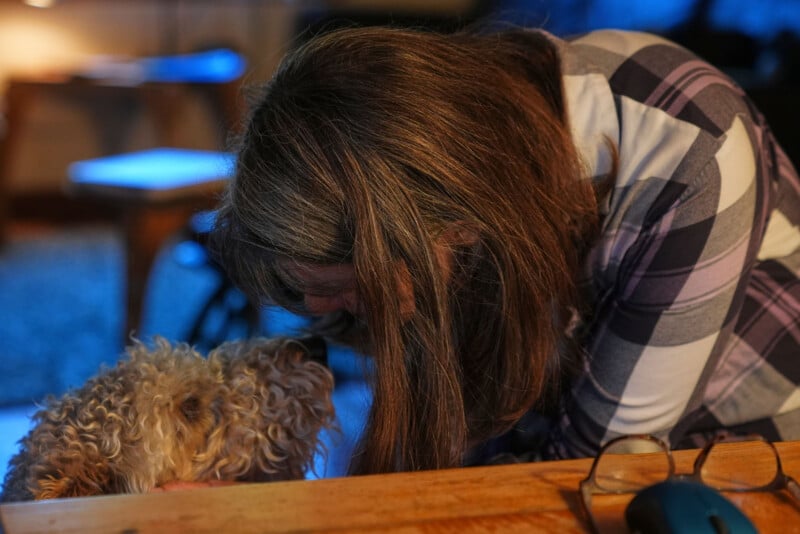 Mary E. Brunkow pets her dog Zelda after winning a Nobel Prize in medicine for part of her work on peripheral immune tolerance, in Seattle, Monday, Oct. 6, 2025. (AP Photo/Lindsey Wasson)
Mary E. Brunkow pets her dog Zelda after winning a Nobel Prize in medicine for part of her work on peripheral immune tolerance, in Seattle, Monday, Oct. 6, 2025. (AP Photo/Lindsey Wasson)
Halfway across the globe in Japan, Sakaguchi then linked Foxp3 to the regulatory T cells he discovered.
The combined work ushered in a new field of immunology, according to rheumatology professor Marie Wahren-Herlenius of the Karolinska Institute.
Dr. Jonathan Schneck, a cellular immunology expert at Johns Hopkins University, adds that before the research of Brunokow, Ramsdell, and Sakaguchi was published, it was not well understood how sophisticated the body’s system is for differentiating between its own cells and foreign ones.
Schneck says that the goal now is to determine how to help the body increase its regulatory T cell count to combat autoimmune diseases, an advancement that would reduce the reliance on treatments that currently leave patients at significant risk of infection.
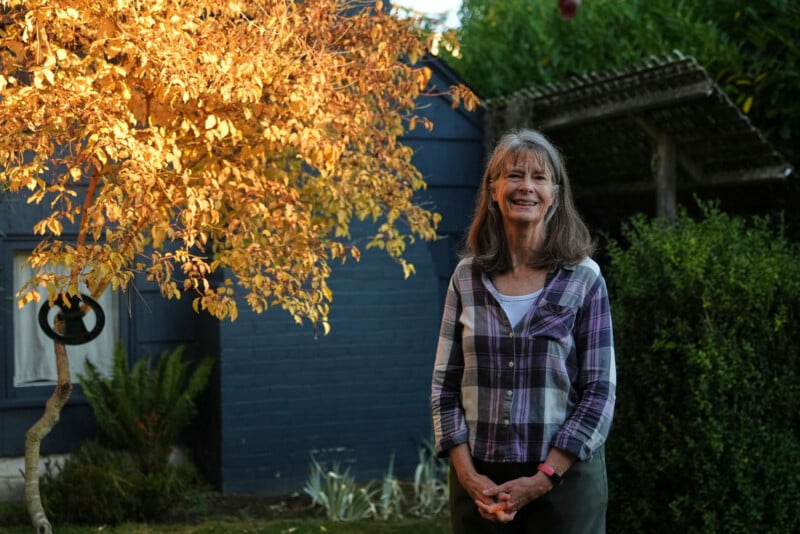 Mary E. Brunkow poses for a portrait after winning a Nobel Prize in medicine for part of her work on peripheral immune tolerance, in Seattle, Monday, Oct. 6, 2025. (AP Photo/Lindsey Wasson)
Mary E. Brunkow poses for a portrait after winning a Nobel Prize in medicine for part of her work on peripheral immune tolerance, in Seattle, Monday, Oct. 6, 2025. (AP Photo/Lindsey Wasson)
The American Association of Immunologists describes the winning scientists’ research as having “fundamentally reshaped our understanding of immune balance.”
This work, which has been in progress since Sakaguchi’s discovery in 1995, has remarkable potential to transform the treatment of many devastating diseases, improve quality of life, and save lives.
Image credits: Photos by AP photojournalist Lindsey Wasson. AP reporting by Lindsey Wasson in Seattle, Lauran Neergaard from Washington, and Mari Yamaguchi in Tokyo. AP’s reporting was supplemented by contributions from Stefanie Dazio and David Keyton in Berlin, and Adithi Ramakrishnan in New York.

